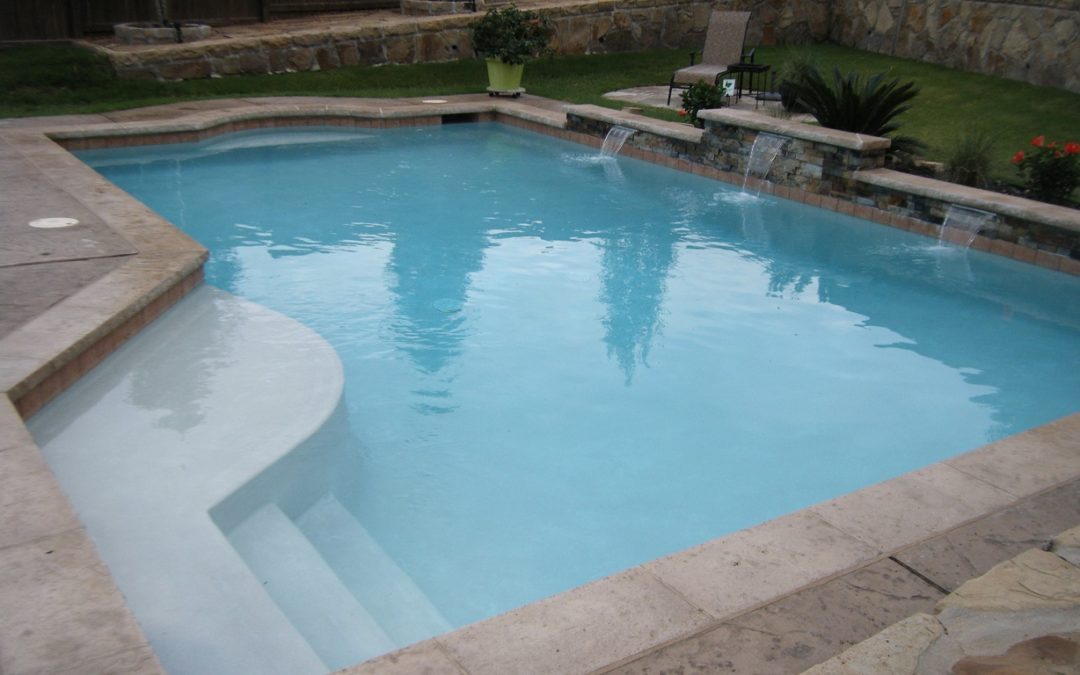As you soak up the sun and enjoy countless hours of fun in the water, it’s essential to keep an eye on the condition of your pool’s plaster. While your pool’s plaster may seem like a durable surface, over time, it can wear down and show signs of deterioration. So, how do you know when it’s time to consider replastering your pool? Let’s dive in and explore some key indicators to look out for.
First and foremost, pay attention to the texture of your pool’s plaster. Is it rough or bumpy to the touch? Over time, exposure to chemicals, sunlight, and wear and tear from swimmers can cause your pool’s plaster to become rough or pitted. Not only does this affect the overall aesthetic of your pool, but it can also be uncomfortable for swimmers. If you notice that your pool’s plaster feels rough or uneven, it may be time to consider replastering.
Next, take a close look at the color of your pool’s plaster. Has it faded or become discolored over time? While some slight discoloration is normal with age, significant fading or color changes can indicate underlying issues with your pool’s plaster. This can be caused by a variety of factors, including exposure to sunlight, algae growth, or chemical imbalances. If you notice significant discoloration or fading, it may be a sign that your pool’s plaster needs attention.
Another telltale sign that your pool may need replastering is the presence of cracks or chips in the plaster. Cracks can occur for a variety of reasons, including shifts in the ground beneath your pool, fluctuations in temperature, or poor installation. While small hairline cracks may not pose an immediate threat, larger cracks or areas where the plaster has begun to chip away can lead to more significant issues if left unaddressed. If you notice any cracks or chips in your pool’s plaster, it’s essential to address them promptly to prevent further damage.
Finally, consider the age of your pool’s plaster. Most pool plaster is designed to last anywhere from 5 to 15 years, depending on factors such as maintenance, usage, and environmental conditions. If your pool’s plaster is approaching or exceeding this lifespan, it may be time to start thinking about replastering. Even if your plaster appears to be in decent condition, replastering proactively can help prevent issues and extend the lifespan of your pool.
If you’re unsure whether your pool needs replastering, consider consulting with a professional pool contractor. They can assess the condition of your pool’s plaster and recommend the best course of action based on your specific needs and budget. With their expertise and guidance, you can ensure that your pool’s plaster is in top condition and ready for many more years of swimming enjoyment.
So, take a moment to evaluate the condition of your pool’s plaster – is it time for replastering? By staying proactive and addressing any issues promptly, you can keep your pool looking and performing its best for years to come.

